
Search history
Clear allSearch by image
XDrag and drop an image here or upload an image
Max 5MB per image
UploadSign In | Join

Search history
Clear allSearch by image
XDrag and drop an image here or upload an image
Max 5MB per image
UploadSign In | Join
X Email Mobile
| Number | Unit-price | Total | |||
| I want to buy: | × | 17.4 | = | 0 |
A new item has been added to your Shopping Cart. You now have items in your Shopping Cart.
Product Name: KX1004 Solar System Planetarium
Product Code: KX1004
Size: 200*120mm; Color box: 180*62*210mm
Weight: About 190g (each)
Material: plastic parts + paint + metal parts + stickers...
Color: Original color (as shown in the figure below)
Battery Usage: Yes/No
Packing: 72pcs
Box Specification: 750*450*550mm
Scientific Enlightenment:
The planets of the solar system, arranged from closest to the sun to farthest, are Mercury, Venus, Earth, Mars, Jupiter, Saturn, Uranus, Neptune, and Pluto. (On August 24, 2006, at the 26th General Assembly of the International Astronomical Union, a resolution was passed by astronomers to officially reclassify Pluto as a dwarf planet, removing it from the list of planets.) [1] Most of the eight major planets rotate in the same direction as they orbit the sun. Only Venus and Uranus are exceptions. Venus rotates in the opposite direction to its orbit, and Uranus orbits on its side. The once-believed "ninth planet" Pluto was defined as a "dwarf planet" on August 24, 2006.

Experimental Purpose:
1. What are the eight planets?
What are the characteristics of the eight planets?
Principle Application:
According to the distance from the sun, the order of the planets is Mercury, Venus, Earth, Mars, Jupiter, Saturn, Uranus, and Neptune. The planets closer to the sun, such as Mercury, Venus, Earth, and Mars, are called terrestrial planets, while Jupiter, Saturn, Uranus, and Neptune are called gas giants. Gas giants are surrounded by planetary rings made of dust and many small particles, and except for Earth, the visible planets are named after the elements in the Western five elements theory, while in the West, they are all named after Greek and Roman mythological gods.
Experimental Cognition
We often compare the solar system to a harmonious family, with the sun as the supreme "head of the family". Its power and influence ensure that all family members follow the rules and rotate around it on their prescribed orbits. In this solar family, the eight major planets are the children of the sun, and dozens of satellites are its grandchildren...
The planets themselves are not luminous, but because they are close to the sun and Earth, they appear very bright and dazzling. Only these few luminous stars roam randomly in the sky. They move east and west, sometimes fast and sometimes slow, unpredictable, and the name "planet" comes from this. In the West, it is called "Planet," which means "wanderer." It can be said that the driving force of the development of ancient astronomy was to explain and forecast the positions of the planets.
The solar system refers to the system and the spatial region occupied by the sun and the celestial bodies that move around it. In a broad sense, the field of the solar system includes the sun, four inner planets like Earth, the asteroid belt composed of many small rocks, four giant gas-rich outer planets, and the second minor body region filled with frozen small rocks, known as the Kuiper belt. Beyond the Kuiper belt, there is the ecliptic discreted disk, the heliosphere, and the still hypothetical Oort cloud.
Installation Step Diagram:

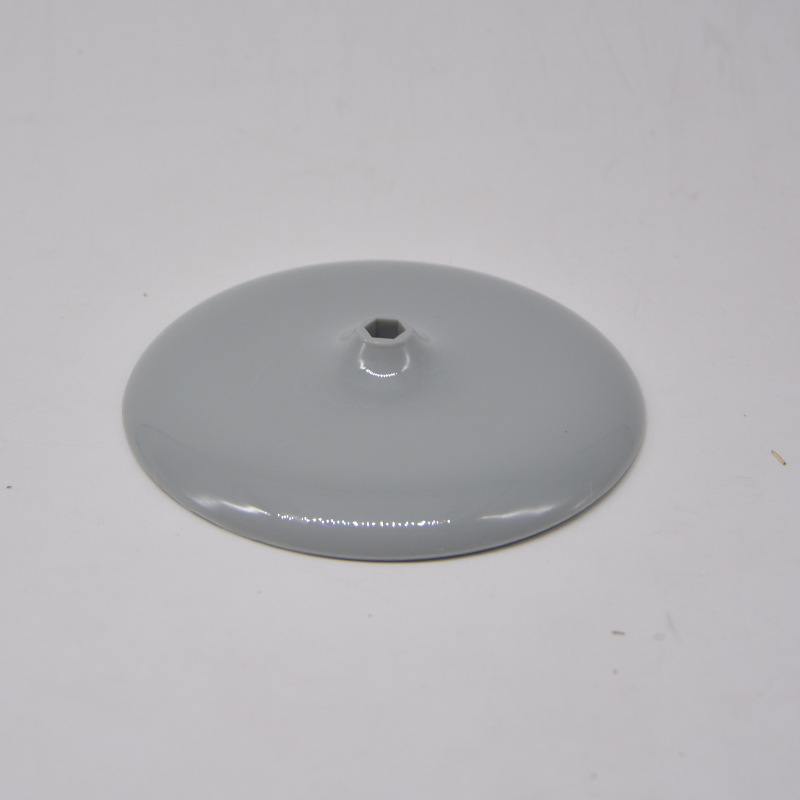
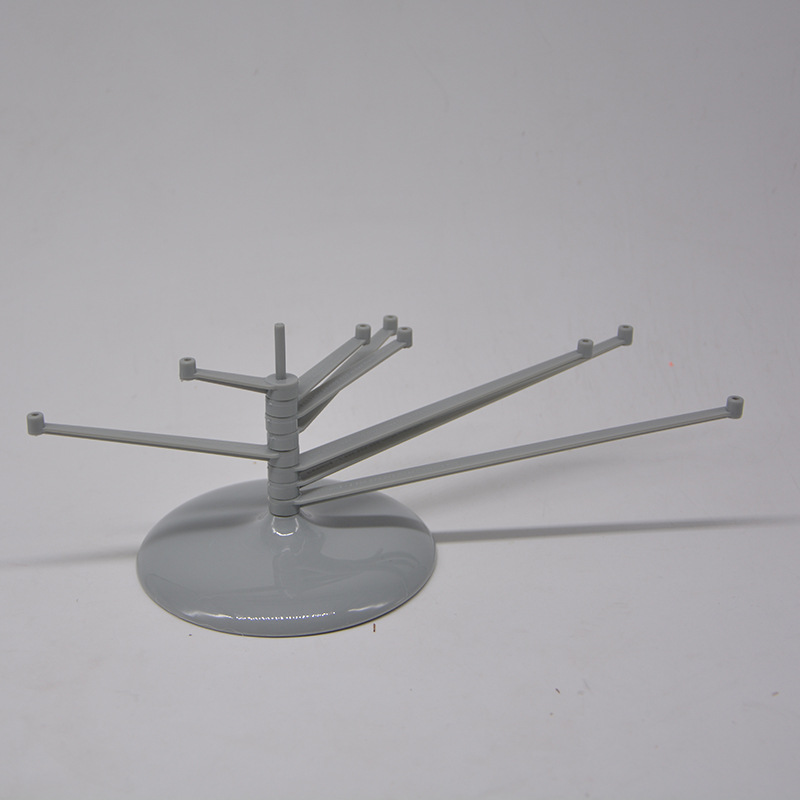

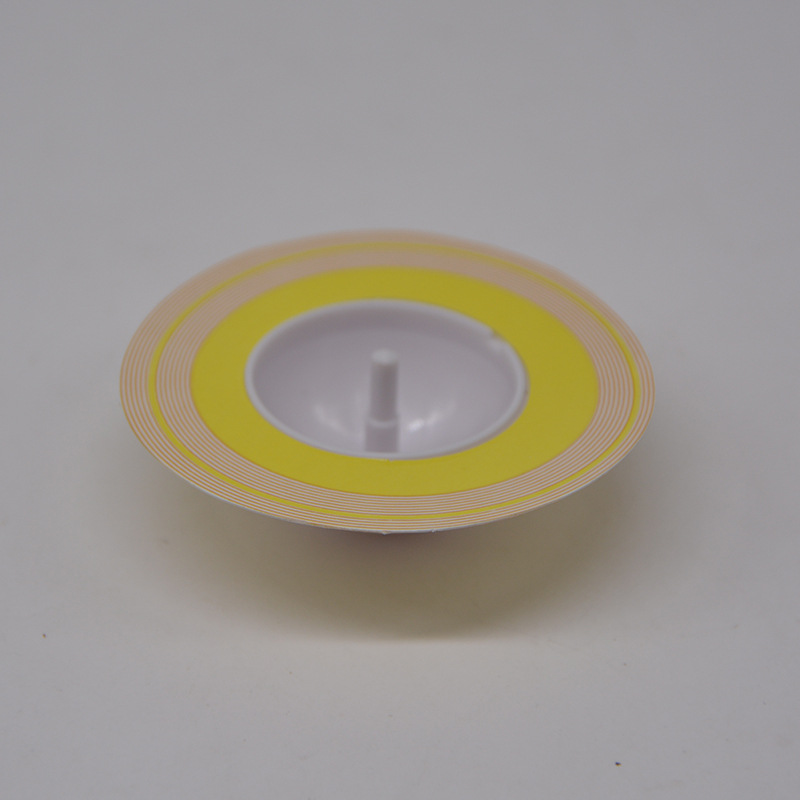
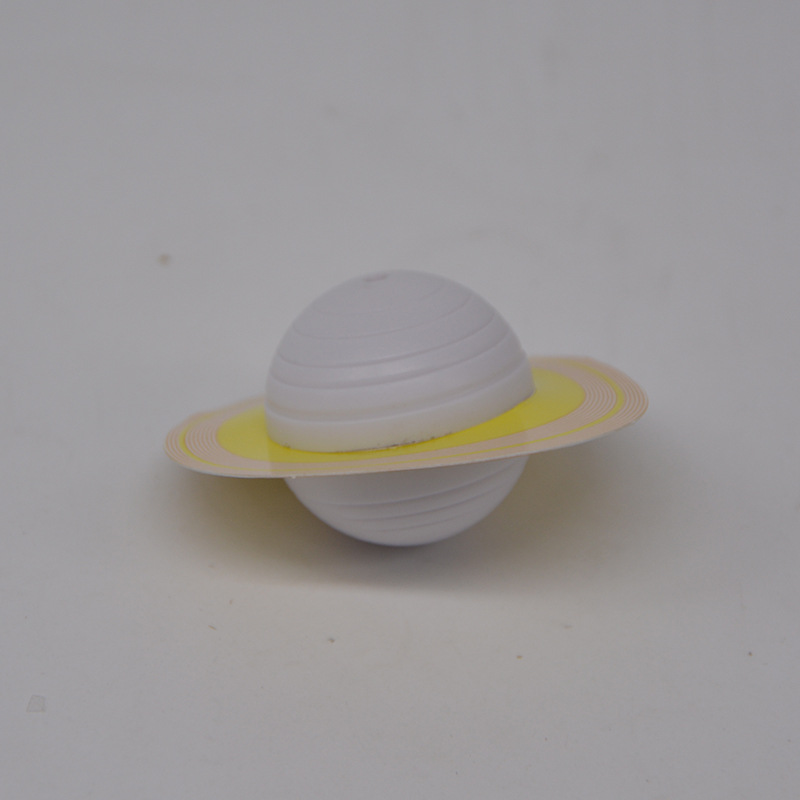

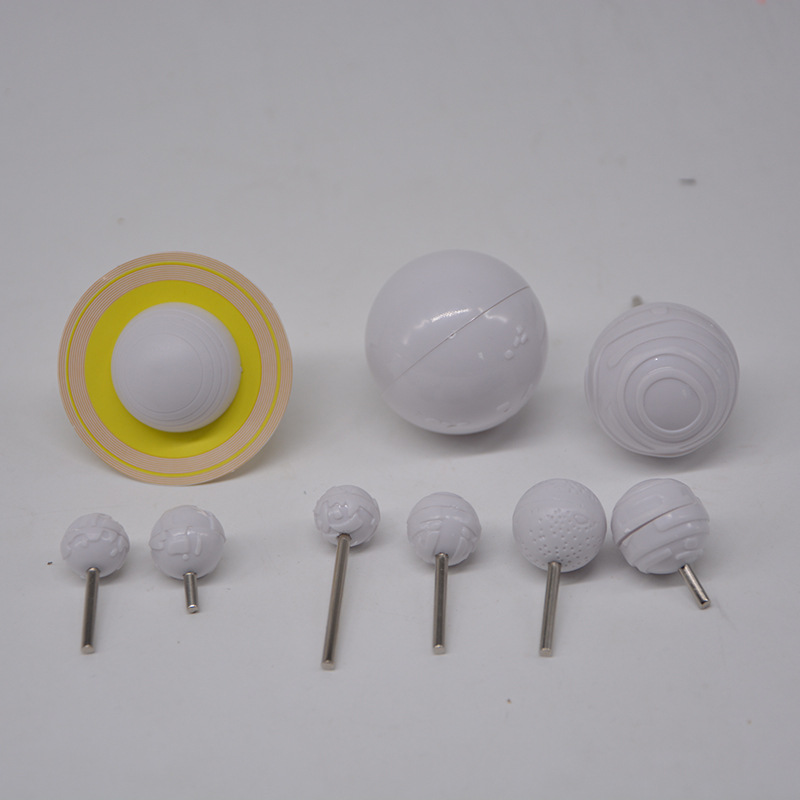


Knowledge Expansion: Understanding Constellations
Constellations are an indispensable part of astrology and are groups of stars in the sky. Since ancient times, humans have associated groups of stars with characters or tools from their myths, calling them "constellations." In 1930, the International Astronomical Union used boundaries and based on the ancient Greek myths passed down from the Middle Ages, divided the sky into 88 official constellations. These constellations are widely used in the field of navigation, almost all civilizations use them to determine the direction of the sky.
The origin of constellations
To facilitate the study and observation of the numerous stars in the sky, the astrologers of the Mesopotamian civilization divided the celestial sphere into various regions, each of which is a constellation. It is difficult to precisely say when humans began to have the concept of constellations, as such astronomical knowledge was understood by people long before any historical records. The names of the constellations are likely to have originated from early seafarers. The origins of constellations in different civilizations may be completely different, but as civilizations expanded and influenced each other, the cultural aspects of constellations also include a process of fusion.
Knowledge Extension:
Because ancient humans relied on the changes in the heavens to survive, natural disasters were unavoidable, thus causing a sense of predestination in humans; and they discovered that the movement of the sun, moon, and stars in the universe affects the rise and fall of all things, even human destinies.
Everyone is born with different angles and distances from each planet, including the sun, the moon, Venus, Jupiter, Mercury, Mars, Saturn, Neptune, Uranus, Pluto, and the sun, which significantly affects them. Each planet is causally related to the corresponding 12 constellations, and the impact on human characteristics is different. When these planets move, the behavior and fate of each person also change. We should hold a scientific attitude towards horoscope fortunes, believing rather than superstition. Please refer to "Dong Shiming talks about the existence and development of fortune-telling and geomancy culture" for details.
The Sun sign is often mentioned in astrology, and as long as you know someone's birth date, you can determine their Sun sign. The orbit of the Sun is called the ecliptic, which is divided into 12 zones, each of which is 30 degrees. These 12 zones are the so-called Sun signs. The 12 signs start at the spring equinox, which is when the Sun reaches the equinox point around March 20th. They are sequentially: Aries, Taurus, Gemini, Cancer, Leo, Virgo, Libra, Scorpio, Sagittarius, Capricorn, Aquarius, and Pisces. Each person belongs to only one Sun sign, as the time of the Sun's entry into the constellation varies each year. If your birthday falls at the boundary of a constellation, you need to check the astronomical calendar to determine your Sun sign, and there will be no cross-over between two Sun signs. Astrology believes that the Sun sign represents a person's innate personality, willpower, and way of self-expression. By studying the Sun sign, we can have a basic understanding of a person, but to truly understand a person completely, besides the Sun sign, we also need to look at the house where the Sun falls and the angles with other celestial bodies. Even if the Sun sign is the same, the house where the Sun falls and the angles are different, the influence of the Sun sign will also be different, so there are not only 12 categories of personality.
The lunar zodiac theory believes that the lunar zodiac is the position of the moon at the time of birth. The moon affects the tidal changes on Earth and also affects human emotions, inner sense of security, unconsciousness, spiritual level, family and family influence, personal habits, eating habits, preferences, potential, ideals, imagination, acceptance, adaptability, intuition, and temperament. The moon symbolizes the mother, and through the lunar zodiac, one can know their attitude towards the mother and the influence given by the mother, as well as their attitude towards other women. For men, it can show the way they treat their wives. The lunar zodiac affects the unconsciousness, but it will not affect the outward personality expression, but it will affect the formation of personality. The performance of the lunar zodiac in childhood and primary school is obvious. After understanding life, it will be hidden. The ascendant zodiac, solar zodiac, and lunar zodiac are the three zodiacs that have a great impact on personal personality.
The rising sign is the constellation that rises at the eastern horizon at the moment of your birth, representing your true self in terms of personality, appearance, and body type. Typically, around the age of thirty, when a person has truly matured, their daily behavior, personality, preferences, and appearance are all influenced by the rising sign. To know your own rising sign, you need to calculate it based on your specific birth date and time, and the latitude and longitude of your birthplace, just like the traditional Chinese birth chart. The rising sign is the beginning of the personal astrological chart, and it is particularly important, affecting one's nature, health, appearance, personal preferences, and fate. From the personal astrological chart, you can see the constellations spread across the sky, with different constellations located in the fortune chart, and the position of each constellation affects your fortune. If the constellations in your birth fortune chart are different, they will have different meanings.
Safety Warning:
All the accessories in this product are specially designed for student experiments. Please use them under the supervision of teachers and parents to ensure safety! Do not consume any of the products! They are not suitable for children under three years of age. Do not approach fire sources. Before assembling any batteries, please check if the circuit is clear, all parts of the circuit are complete, and all contacts are good. The + on the battery is the positive pole, and - is the negative pole. Be careful during the assembly process, and if glue is used, do not get it in your eyes or on your skin.
Update time:
TOP